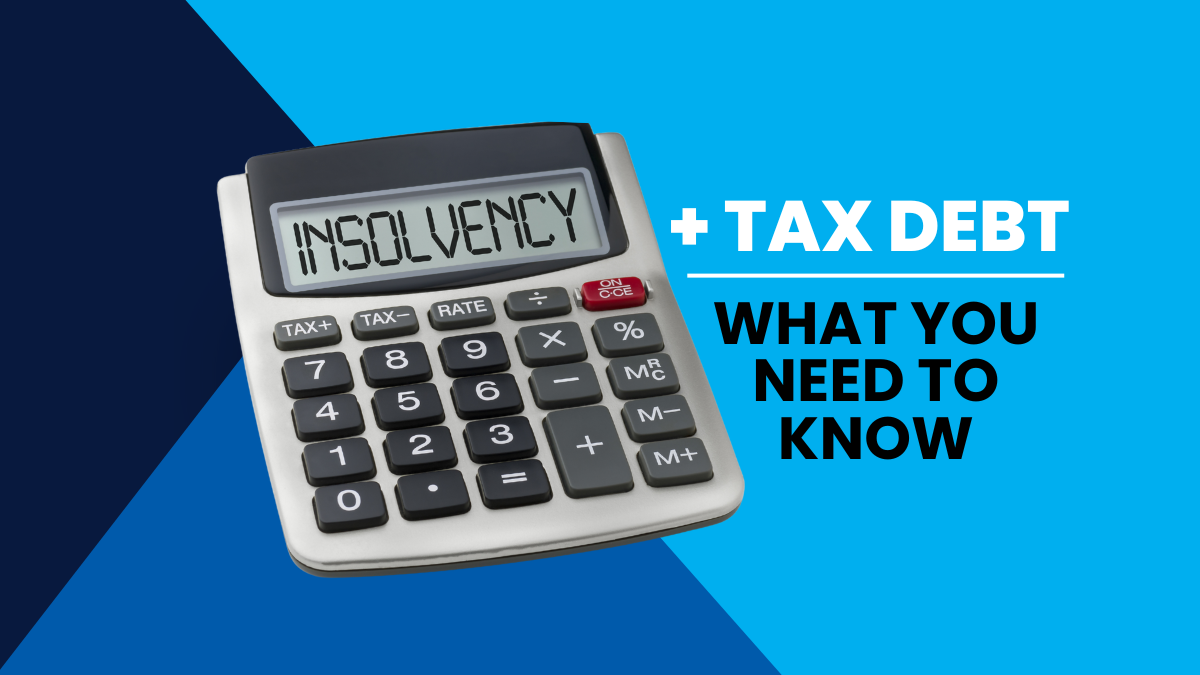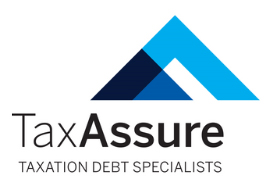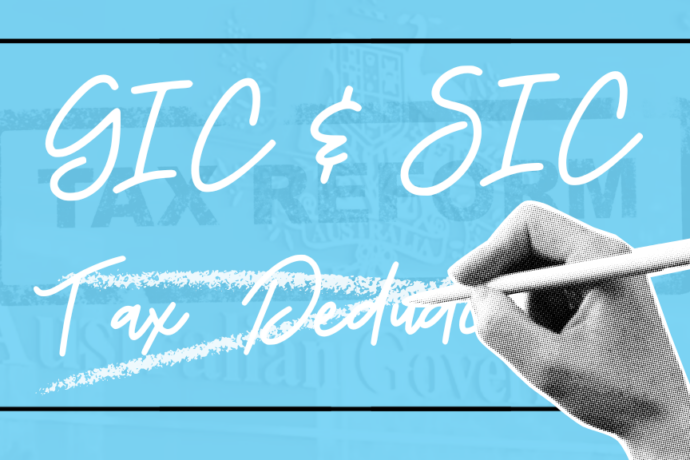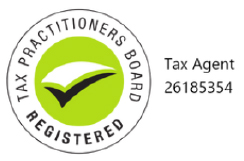Understanding The Effects of Insolvency for Companies & Directors with ATO Tax Debts
Home » Blog » ATO debt management » Understanding The Effects of Insolvency for Companies & Directors with ATO Tax Debts

Table of Contents
Did you know that the average tax debt owed to the Australian Tax Office (ATO) has nearly doubled in just a few years? The consequences of these debts can be severe, especially for directors who face personal liability under the ATO’s Director Penalty Notices (DPNs). When companies slide into insolvency, both the company and its directors confront serious repercussions. Understanding these implications—and the solutions available—is crucial for any business navigating these turbulent waters.
In this article, we dissect the consequences of insolvency for companies and directors burdened with ATO tax debts. We also highlight how we collaborate with our clients and insolvency specialists to provide tailored solutions that tackle their unique challenges head-on.
For a deeper dive, check out the video featuring Tax Assure’s Olga Koskie & Dye & Co’s Shane Deane as they break down the complexities of insolvency and ATO tax debts.
Rising Tax Debts and Increasing Financial Pressure
With the financial challenges businesses have faced in recent years, tax debt has increased significantly. The average tax debt has nearly doubled, based on what we’ve seen across our clients. Many businesses are struggling not only with ATO debts but also with debts to other creditors.
A key part of finding a solution is examining the overall debt and understanding where the interest and penalties lie. In some cases, these additional charges can account for nearly half of the total debt. Reducing or eliminating interest and penalties can significantly impact a business’s financial health. However, it’s essential to consider the specific circumstances of each business to determine the right course of action.
Insolvency: What Does It Mean for the Company?
When a company enters liquidation, the immediate effect is the cessation of trading, and the liquidation process begins to manage and settle outstanding debts. For businesses with ATO debts, liquidation may help reduce a portion of the debt, particularly if the company’s assets are liquidated to repay creditors.
However, it’s important to note that liquidation doesn’t eliminate all obligations. Some tax debts, especially those related to unpaid Superannuation Guarantee Contributions (SGC) and other debts reported outside of prescribed timeframes, may continue to expose the director to personal liability. The key is understanding the distinction between corporate and personal liabilities and taking appropriate steps to manage both.
The Personal Impact on Directors
One of the most significant consequences for directors in the event of company insolvency is the potential for personal liability under Director Penalty Notices (DPNs). If directors fail to lodge certain tax documents, such as SGC statements or Business Activity Statements (BAS), within the required timeframes, they may still be personally liable for those debts, even after liquidation.
This is where strategic planning is crucial. Directors need to carefully assess their personal financial position, including any assets they may hold, and whether bankruptcy is a path they’re willing to consider. In many cases, directors will want to avoid bankruptcy, especially if they are registered in industries where their ability to operate would be affected by personal insolvency.
Finding a Way Forward
When insolvency is on the table, one of the most important considerations is managing personal liabilities. This often means negotiating with the ATO and other creditors to reduce the personal financial burden on the director.
For example, if a company has gone through liquidation, we often find that the portion of the debt for which the director is personally liable is significantly lower than the overall company debt. At this stage, we can assist directors in negotiating a manageable payment plan based on their current cash flow. If interest and penalties are still accumulating, we can also work to have those removed, providing additional relief.
Takeaway: Tailored Solutions for Complex Problems
Insolvency is a complex and challenging process, but it doesn’t have to mean the end of the road for businesses or their directors. At Tax Assure, we specialise in finding tailored solutions that address both corporate and personal liabilities, helping directors avoid personal financial ruin and get their business back on track.
Need help managing your tax debt? Contact us today for expert guidance.





